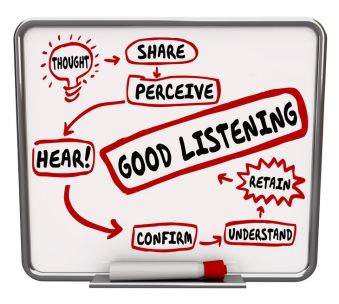
… all down to luck?
If there aren’t methods for involvement and a representative sample of patients/ public isn’t required (see Staley & Barron 2019), then it could all start to look a bit uncontrolled for your average researcher. They might be concerned that the outcome of involvement is purely due to chance – something researchers would be very worried about in relation to their results. But involvement is not research, so somehow researchers need to feel more confident and relaxed about the fact that the impact of involvement is often unpredictable and uncertain.
Perhaps it would help to remember the words of wisdom from a researcher who was forced to embrace serendipity – Louis Pasteur. He of ‘oops I accidentally discovered penicillin’ fame, once said:
“Chance favours the prepared mind.” Louis Pasteur
I was reminded of this quote when I read a story about how a group of dementia researchers developed a totally new research project, based on a chance comment made by a family member at a support group meeting. The group was for people affected by a rare form of dementia, where the part of the brain that deals with vision is most affected. One member of the group was telling a story about how their mother-in-law had recently asked them ‘Am I the right way up?’ because she wasn’t sure. This was news to the researcher because previously this form of dementia had only been shown to affect vision, and not balance. On finding out that other group members had had similar experiences, the researchers embarked on a whole new project, with extensive carer and patient involvement, to explore how balance is affected – something they would never have otherwise thought to do.
This example very nicely shows how sometimes the impact of involvement is down to luck – but there’s an awful lot researchers can do to ensure that luck is on their side. One thing I noticed was that these researchers had organised a support group, and were having regular conversations with patients and carers, not necessarily about research. This would no doubt increase their chances of learning something new, and enhance their understanding of patients’ and carers’ concerns.
Then there’s Louis’s point about having a prepared mind. Researchers need to approach involvement with an open mind, to be prepared to learn, perhaps when they least expect it, and perhaps in contrast to their preconceived ideas of what they’re likely to learn. Another researcher in dementia, Georgina Charlesworth, made a similar point when she commented, “In working with people with dementia and their carers… it has been a delight to hear the ideas generated often as ‘throw away’ remarks and ‘asides’ during discussion or tea-break conversations”.
This might be worth considering when supporting and training researchers prior to involvement. Maybe it’s less about ‘how to do it’, and more about ‘how best to prepare researchers’ minds’.









